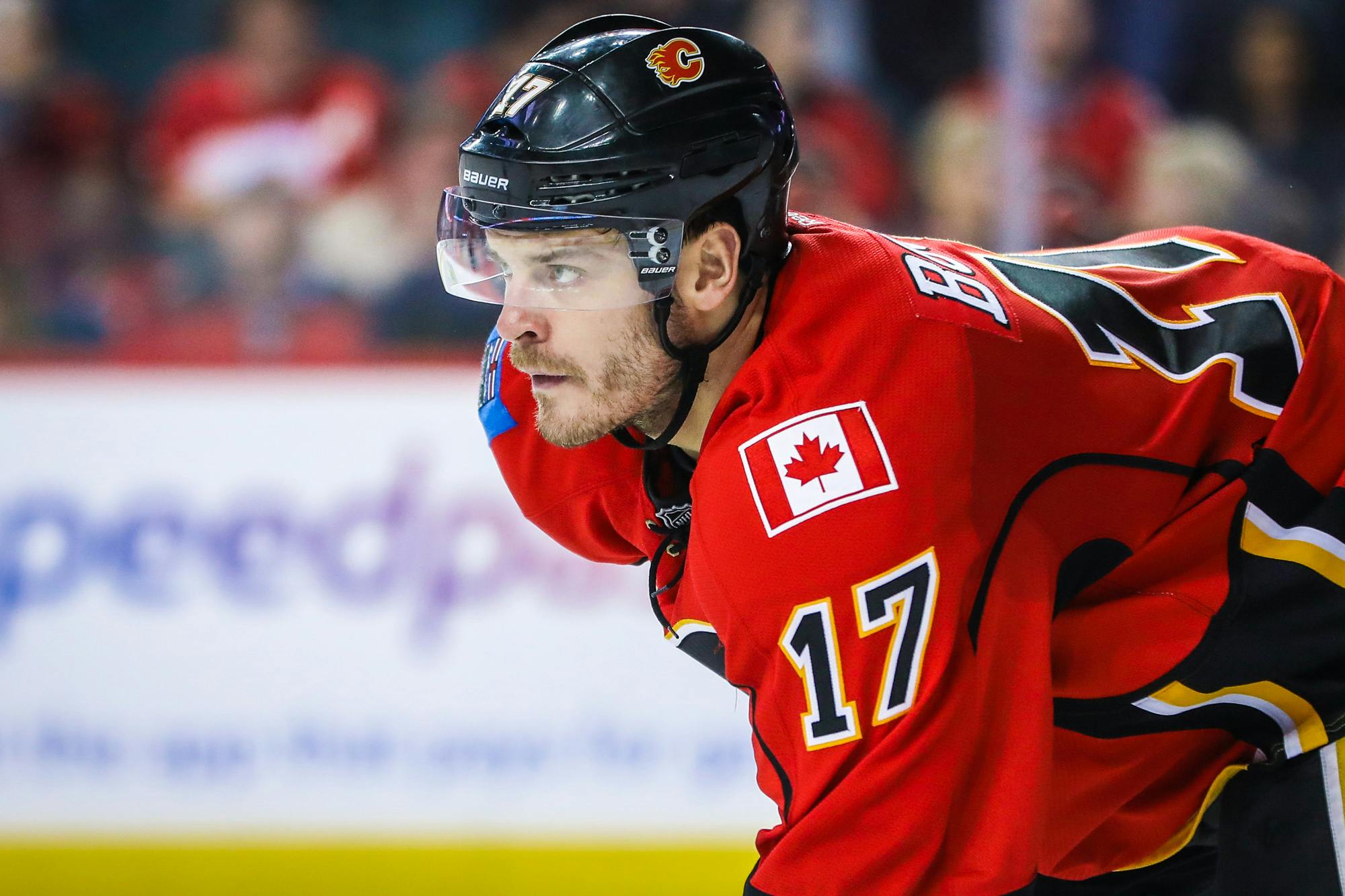A brief history of Flames buyouts

By Ryan Pike
5 years agoFor a franchise that has a reputation for not liking to waste money, the Calgary Flames sure have bought out a lot of players. As the buyout window approaches on June 15, the Flames are one of many teams pondering whether or not to utilize the window to give themselves some cap space.
Since past behaviour is a great predictor of the future, let’s take a look back at the five buyouts the Flames owners approved in the past.
Nigel Dawes
Dawes was signed by then-GM Darryl Sutter to a two-year contract worth $850,000 per season. He had 32 points in 66 games in 2009-10, but he fell out of favour with coach Brent Sutter during the season and out of the top six. He wasn’t considered a strong two-way player and so he was deemed a bad fit in the bottom six, to the point where he was healthy scratched down the stretch.
He was bought out in June 2010 with one season remaining. The Flames ate a cap penalty of $141,667 for two seasons (2010-12). It wasn’t a huge financial commitment, and Dawes was out of North American hockey by 2011.
Shane O’Brien
Acquired by Jay Feaster in summer 2013 in a “bad contract for bad contract” deal with Colorado, O’Brien had two years left on a three-year contract worth $2 million per season. He was not good. He was a frequent healthy scratch and was booted down to the AHL midway through the season by interim GM Brian Burke (who had fired Feaster).
New GM Brad Treliving made the call to buy out O’Brien’s final season in June 2014, which carried a cap penalty of $666,667 for two seasons. Despite the Flames having both compliance buyouts available at the time, the O’Brien buyout was a regular buyout.
Mason Raymond
Signed by Treliving during the summer of 2014 to a three-year deal with an annual $3.15 million cap hit, Raymond seemed like he’d be a good bet. He was fine during his first season, but he slid down the rotation and became a constant healthy scratch and ended up in Stockton by mid-season.
He was bought out in June 2016 with one season remaining, carrying a cap penalty of $1,050,000 for two seasons. It was the first major instance of Treliving effectively admitting fault on a player acquisition and cutting bait.
Ryan Murphy
Acquired in the Eddie Lack trade, Murphy’s inclusion was seemingly a throw-in to help Carolina offload a contract. Within a day, the Flames bought it out. With one season left on his contract with a $787,500 cap hit, buying him out cost the Flames a $137,500 cap penalty for two seasons.
My theory is it was Treliving doing a favour for Ron Francis; Murphy had under-performed and the Hurricanes were spending way below the cap and probably didn’t want to spend the cash to buy him out. In theory, it was an inexpensive way of ensuring Treliving was able to land the goalie he wanted (Lack).
Lance Bouma
Re-signed to a three-year contract following a (shooting percentage inflated) 16-goal season, Bouma was given a deal with a $2.2 million annual value. Shockingly he wasn’t able to recapture that magic, so the Flames were saddled with a bottom six forward with a hefty cap hit.
Treliving solved that problem by buying Bouma out on the same day as Murphy. The buyout carried a penalty of $766,667 for two seasons. As with Raymond’s buyout, this was another example of Treliving admitting fault with a roster move and erasing the miscue.
Common threads
The good news is that Treliving appears to be a GM that isn’t afraid to admit his mistakes. Twice the Flames bought out players that Treliving signed, so presumably he’s adept at convincing ownership to spend to make the team’s problems go away.
The bad news is that the Flames have never bought out anybody with more than a year left on their contracts. Buyouts have been used as a last resort primarily, typically used to make healthy scratches and expensive veteran AHLers go away, so with seemingly no Flames players fitting that description it seems unlikely that they’ll buy anybody out.
Recent articles from Ryan Pike





